The Decline in Brand Participation in Pride Month Campaigns
The Pride Month marketing landscape is at a crossroads. While brands have increasingly embraced rainbow-hued campaigns in recent years, industry experts predict a pullback in 2024. In this insider's perspective from Kendall Eaton, PR maven Pam Anderson peels back the curtain on the factors driving this shift. From the rise of "rainbow-washing" to brands' fears of potential backlash, Anderson's insights shed light on the nuanced interplay between corporate social responsibility, evolving consumer demands, and the ongoing fight for LGBTQ+ equality.
KE: First off, tell me about your background?
PA: I’m the Associate Director of PR at 829 Studios, a digital marketing agency in Boston, where I lead our public relations, influencer marketing, and organic social teams. With a decade of experience in media relations, I’ve collaborated with a range of companies, from AI startups to consumer brands. As a member of the queer community, I bring a personal connection and understanding to the topic we’re discussing today.
KE: How do you define rainbow-washing?
PA: Rainbow washing occurs when brands falsely portray themselves as supporting the LGBTQIA community, despite their past actions and intentions not aligning with this claim. This trend, similar to pinkwashing and greenwashing, results in misleading consumers into believing they are supporting a cause.
KE: How can brands avoid this and illustrate authentic support?
PA: Brands can avoid rainbow washing by reflecting on their values and past actions before participating in Pride. Consistent, year-round engagement with the LGBTQIA community is crucial. Hire queer creatives, foster an inclusive workplace, showcase diverse identities in advertising, and prioritize inclusivity over profit. Most importantly, stand firm in your support, even when faced with criticism.
KE: So, where have all the brands gone? Can you shed some light on the reduced brand involvement in Pride this year?
PA: Amidst today's increasingly polarized political landscape, companies are approaching Pride with caution. The negative reactions to last year’s campaigns, including Target’s Pride collection and Bud Light’s partnership, have made brands fearful they will face similar backlash.
Queer influencers are already reporting a noticeable decline in collaboration requests this year. While some brands may fully pull back involvement, I expect many will still celebrate pride, but do so less publicly. It’s important to recognize brands have a choice to participate or not, but for those of us within the community, taking a hiatus from advocating is not an option. The temporary pushback faced by Pride campaigns pales in comparison to the systemic discrimination endured by our community.
KE: Does the lack of participation this year reflect a larger shift in societal attitudes towards LGBTQ+ issues?
PA: We’re witnessing the political climate and its impact on brand actions, especially for those hesitant to take risks. Seeing household names not only face massive criticism, but a significant impact on their profits has struck fear amongst decision makers.
However, I don’t believe the decision making occurring in boardrooms is reflective of societal views at large. Surveys indicate 70% of Americans believe brands should take a stand on social issues. Younger generations, in particular, have made it clear they seek to purchase from brands that align with their values. While there are still those who argue that brands should steer clear of politics, it's evident that the tide is turning towards greater brand activism as future consumers increasingly prioritize social responsibility.
About Pam Anderson:
Pam Anderson, Associate Director of Public Relations at 829 Studios, possesses diverse experience in public relations, earned media, crisis communication and social media marketing. Named a Top Woman in PR by PR News, Pam is passionate about storytelling as a lever to drive brand awareness and audience engagement.


